Sunday Classic / Search out the Small Water in the Big Water
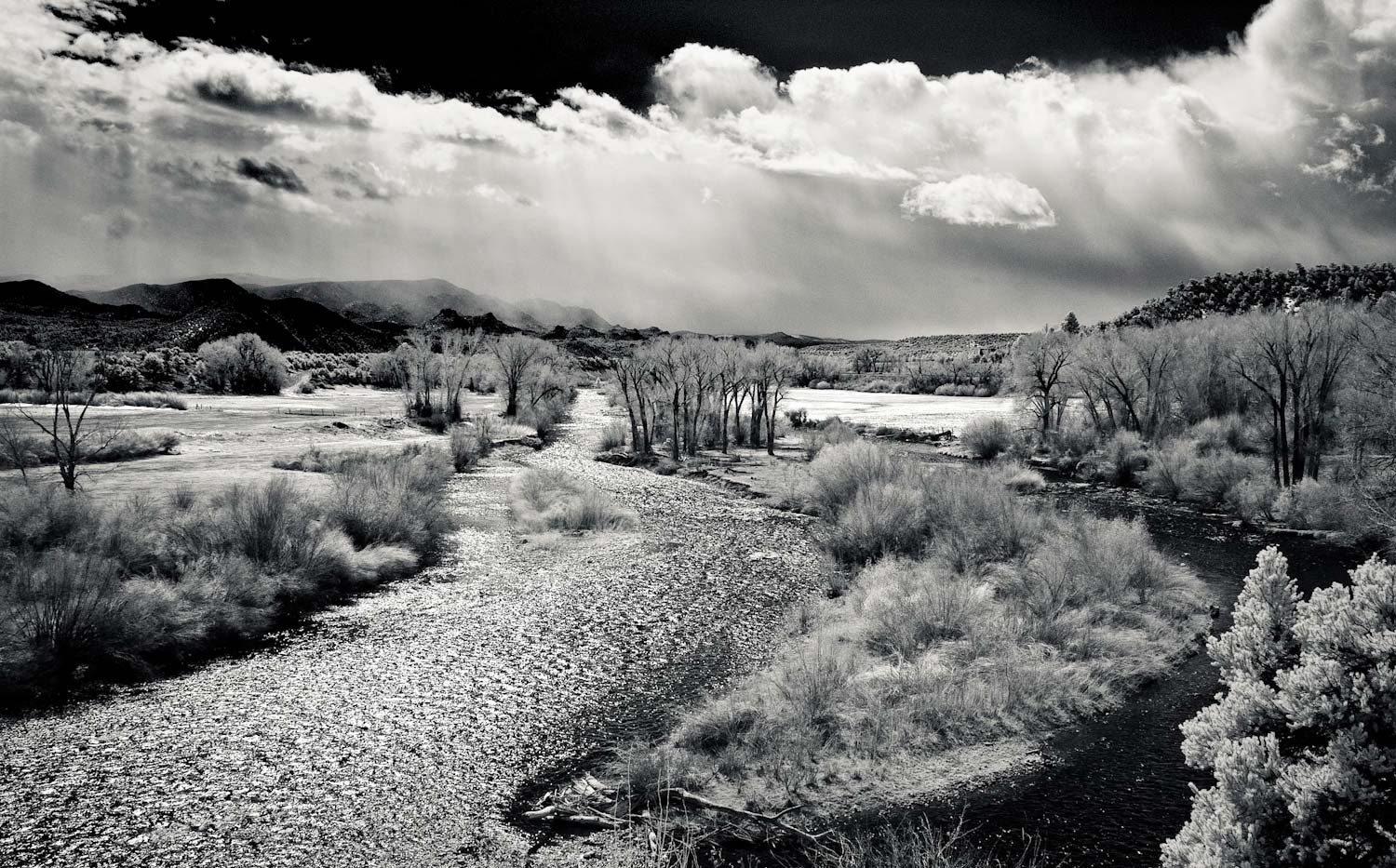
“Big water is much harder for us to dissect and visualize what we’re fishing. You can’t always see the fish you’re fishing to and it’s much harder for beginners to distinguish productive from unproductive water. When you find yourself in this situation and you’re overwhelmed, try searching out the small water amongst the big water.”
Read More »Saturday Shoutout / April and Me

I recently had t opportunity to record an episode of Anchored, with April Vokey.
I’ve been a fan of April’s podcasts for some time. I think she has a real talent as an interviewer and she works very hard at it. Her interviews are always thoughtful and engaging. She takes the time to dig in and get to know the folks she interviews.
I’ve known April for several years but we have never sat down for this kind of conversation. I was genuinely uneasy about the idea of talking about myself, but April made it easy and even I’m surprised at a few of the stories she got out of me.
We talked about my background and how I found myself in the fly fishing business, the creation of Gink and Gasoline, the ethics of fly fishing photography, and a story I rarely tell about how I was nearly killed by chimpanzees. Even if you’re not interested in me, and I don’t blame you, you should be listening to April’s podcasts.
Check me out on, Anchored, with April Vokey.
Read More »Setting up Skagit Heads and Other Spey Lines
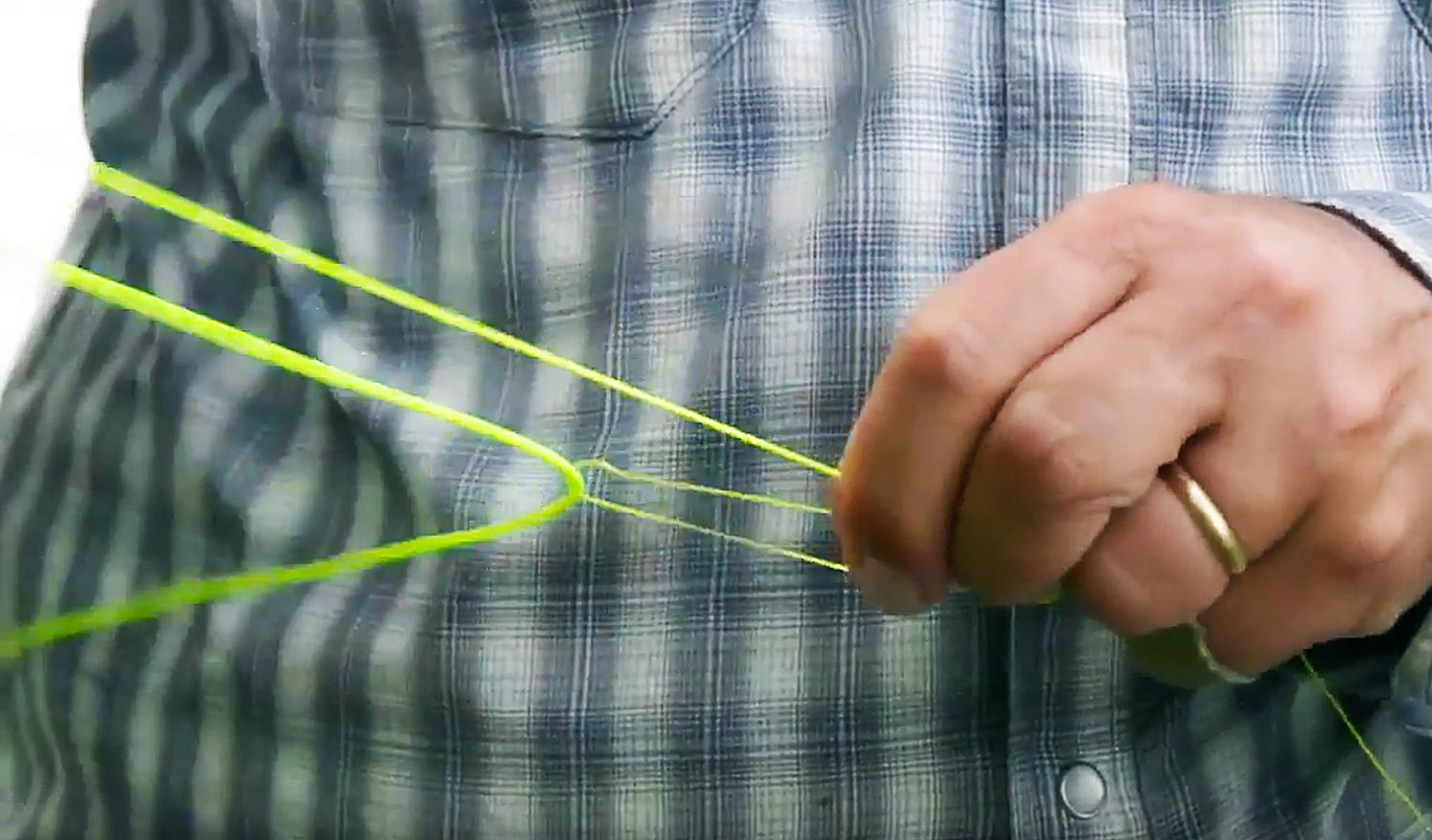
If you are just getting started in two-hand fly casting, you may be confused about how to set up the lines.
Spey lines are intimidating to the uninitiated with their many parts, options and loop to loop connections but there’s no need for alarm. Spey lines, in both form and function, are much the same as traditional fly lines. Think of them as traditional lines that have been cut into sections with scissors.
What their design offers to the Spey caster is instant flexibility on the river. In a Spey system the running line, the head and sometimes the tip are separate. They serve all the same functions as their counterparts in traditional lines but the caster is free to choose from interchangeable heads and tips to meet his or her immediate needs.
WATCH THIS VIDEO AND LEARN TO SET UP A SKAGIT HEAD.
Read More »Using UV Clear Coats
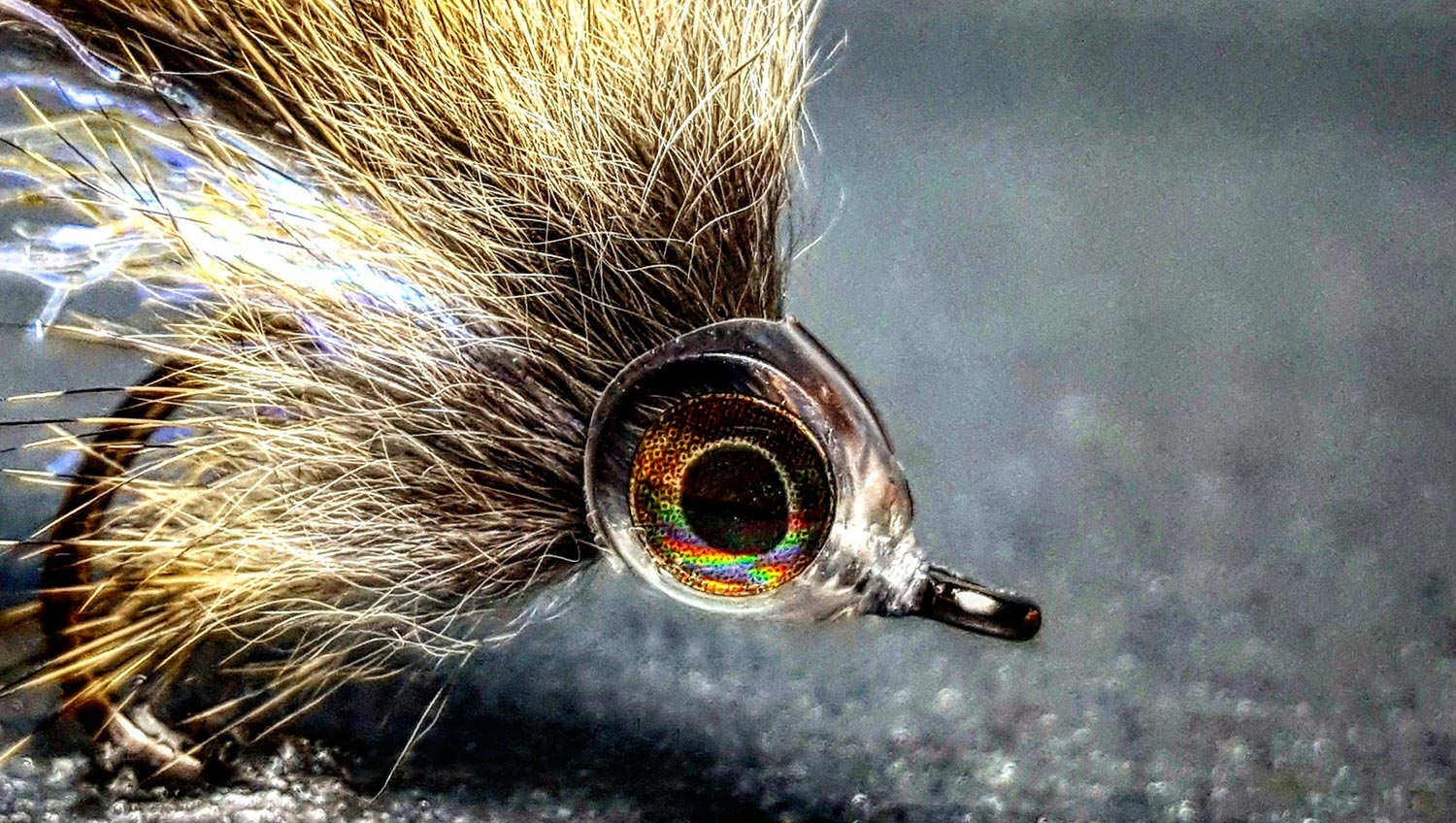
By Bob Reece
UV clear coats are a relatively new addition to the family of fly tying materials. Several brands have appeared on the market over the past few years. Within these brands there are several varieties with regard to the viscosity of the liquid and its finished state. This spectrum of options has expanded the possibilities for applications.
Looking at the desired outcome should be the starting point for choosing the appropriate UV material. If your goal is to create a thin protective barrier, UV materials with the lowest possible viscosity are ideal. These runnier variations allow for a sparse application, while still adding an element of protection and sheen. In addition, they are ideal for sealing eyes into pre-made heads for streamer patterns.
When looking to build a more substantial profile or complete three dimensional shape, the higher viscosity the better. These thicker versions of UV materials are ideal for enhancing wing buds on nymph patterns, creating eyes on terrestrials or acting as the main ingredients in egg patterns. Their highly viscous makeup allows them to temporarily hold their shape during the brief intermission between application and exposure to UV light.
Most recently, a flexible UV coat has made its way onto the market. This branch of the product provides
Read More »Fly Rod Grip – Keep it Consistent

A common mistake that I see with many of my first timers is they fail to keep a consistent fly rod grip when they’re first learning how to cast a fly rod. Without notice, they often shuffle their rod hand around on the cork, which ends up altering their grip slightly from one cast to the next. Probably the most common grip movement I see with my students is they reposition the thumb during the casting stroke. To be more specific, they slide their thumb off the top of the cork to the side of the cork, and it causes problems with casting form, makes it more difficult to abruptly stop the rod at the end of the back cast and forward cast, it seems to make it harder for anglers to feel the fly rod loading, and direct a cast to a designated target.
Read More »Sunday Classic / The Toughest Water in Wyoming
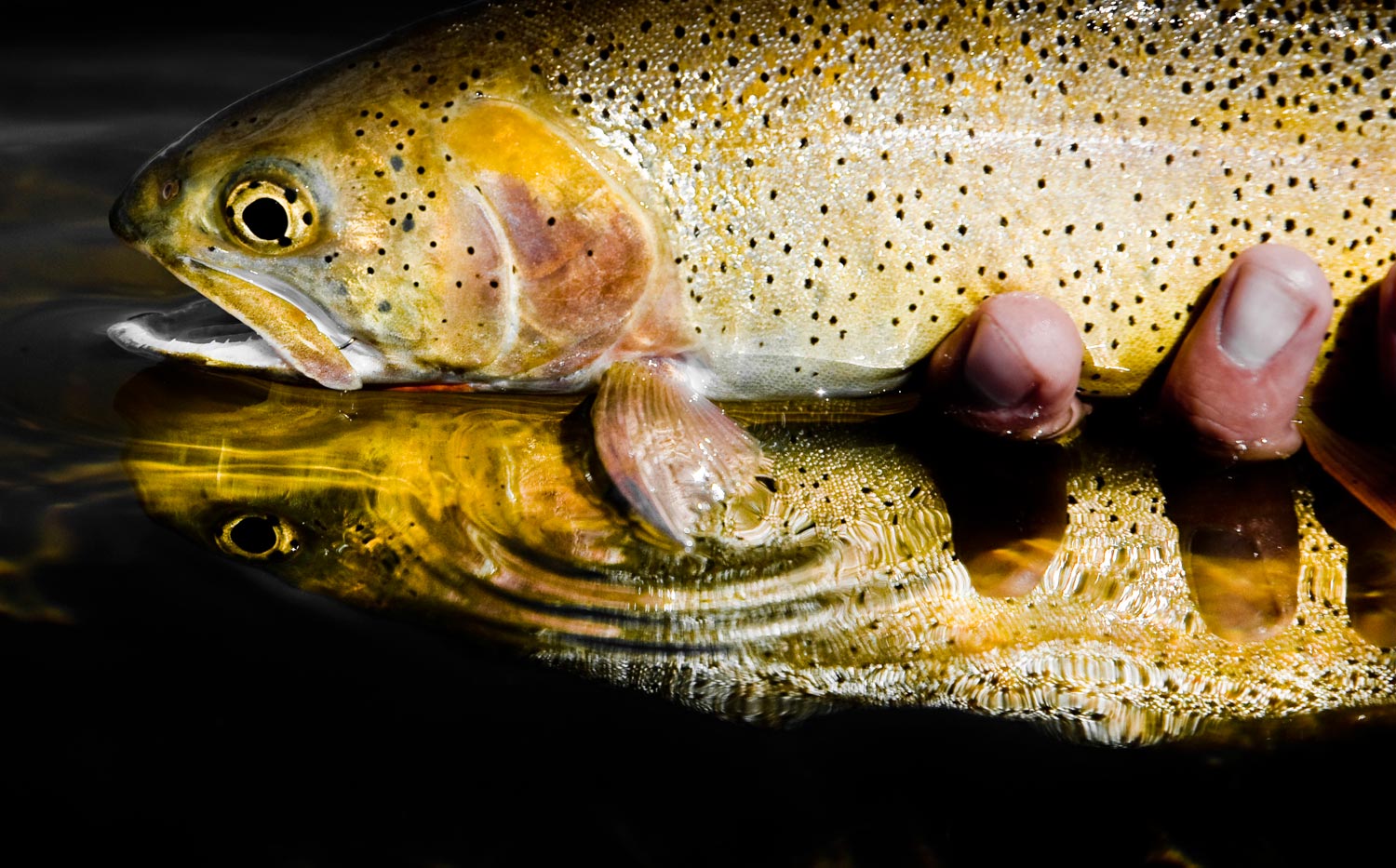
“HOW WAS YOUR DAY?” ASKED THE GUY AT THE FLY SHOP COUNTER.
“WELL,” I ANSWERED, “I FISHED THE TOUGHEST WATER IN WYOMING.”
Everyone rolled their eyes. This was exactly the response I expected. Working at a fly shop in Jackson hole, I imagine, you get to listen to more than a few boastful dumb asses. When I told them where I’d spent the day, they all laughed and agreed, I’d fished the toughest water in Wyoming. See if you can figure out what happened?
Read More »Saturday Shoutout / The Feather King
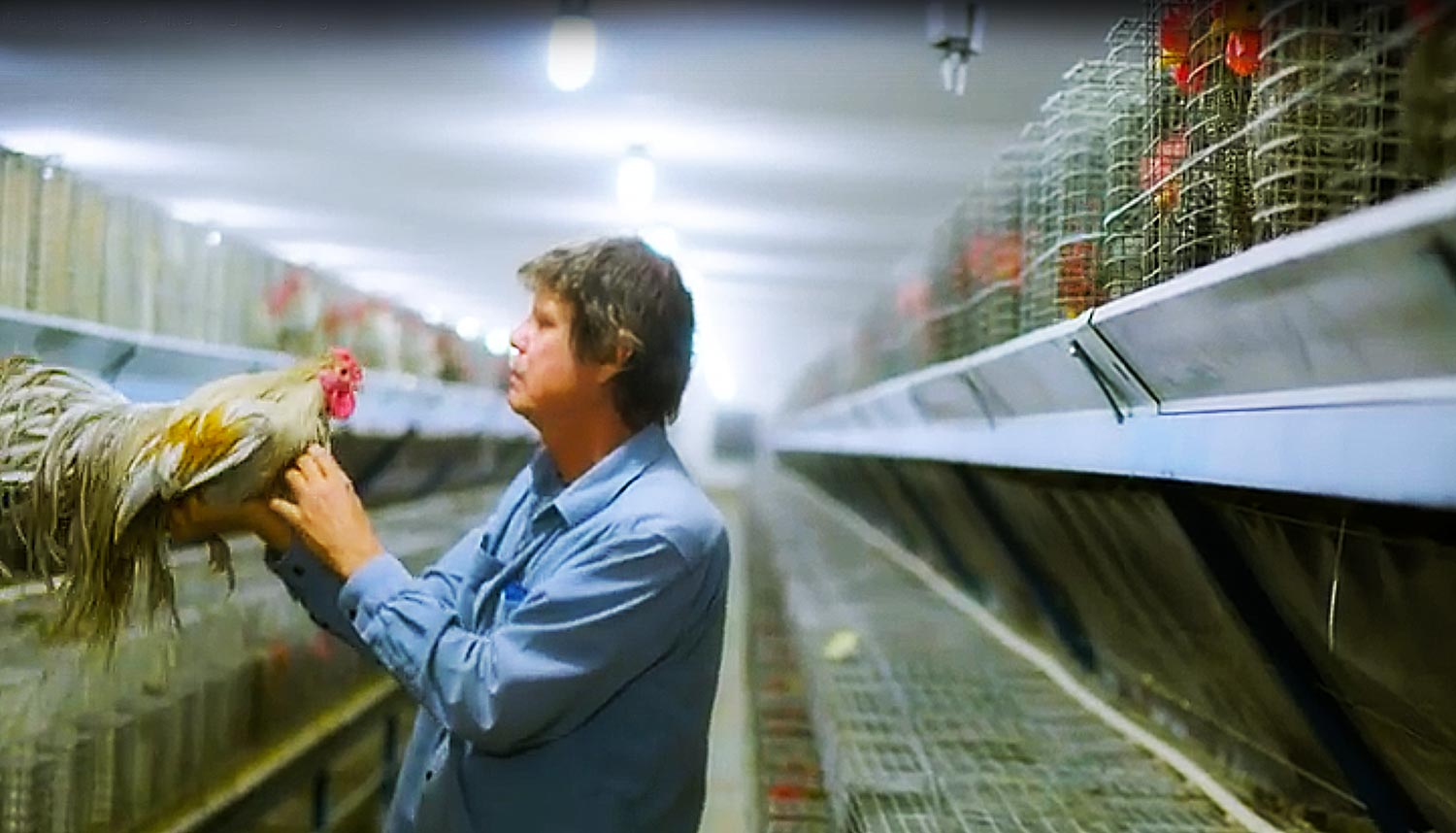
Ever wonder where those beautiful fly tying feathers come from?
This great video profile from The Great Big Story, follows Tom Whiting of Whiting Farms on his daily duties raising the birds which provide the worlds best tying feathers. If you are a tyer, or just an avid angler, you’ll love seeing this behind the scenes view of Whiting farms. It’s pretty fascinating.
ENJOY, “THE FEATHER KING”
Read More »4 Questions You Should Ask Yourself Before Chasing Musky on the Fly
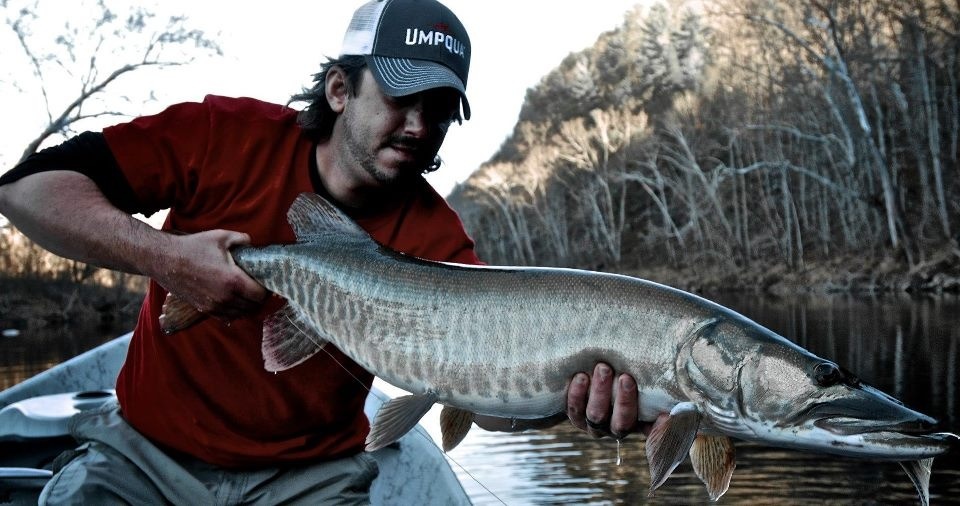
Today’s guest post was provided by Charlie Murphy, a long time honorary member of Gink & Gasoline and musky devotee. For those of you who don’t know Charlie, he’s as laid back as they come, he eats, sleeps and breaths fishing 365 days a year, and he’s always got your back when you need him. Another thing we love about Charlie is he’s constantly finding ways to add humor into every situation. All these qualities make Charlie a great travel and fishing partner and if you ever have the chance to fish with him, we highly recommend it. That’s enough introduction, read below Charlie’s humorous but true correlation between the old school movie The Karate Kid, the character Mr. Miyagi, and fly fishing for musky.
Read More »Spey Casting: Straight Is Better Than Long
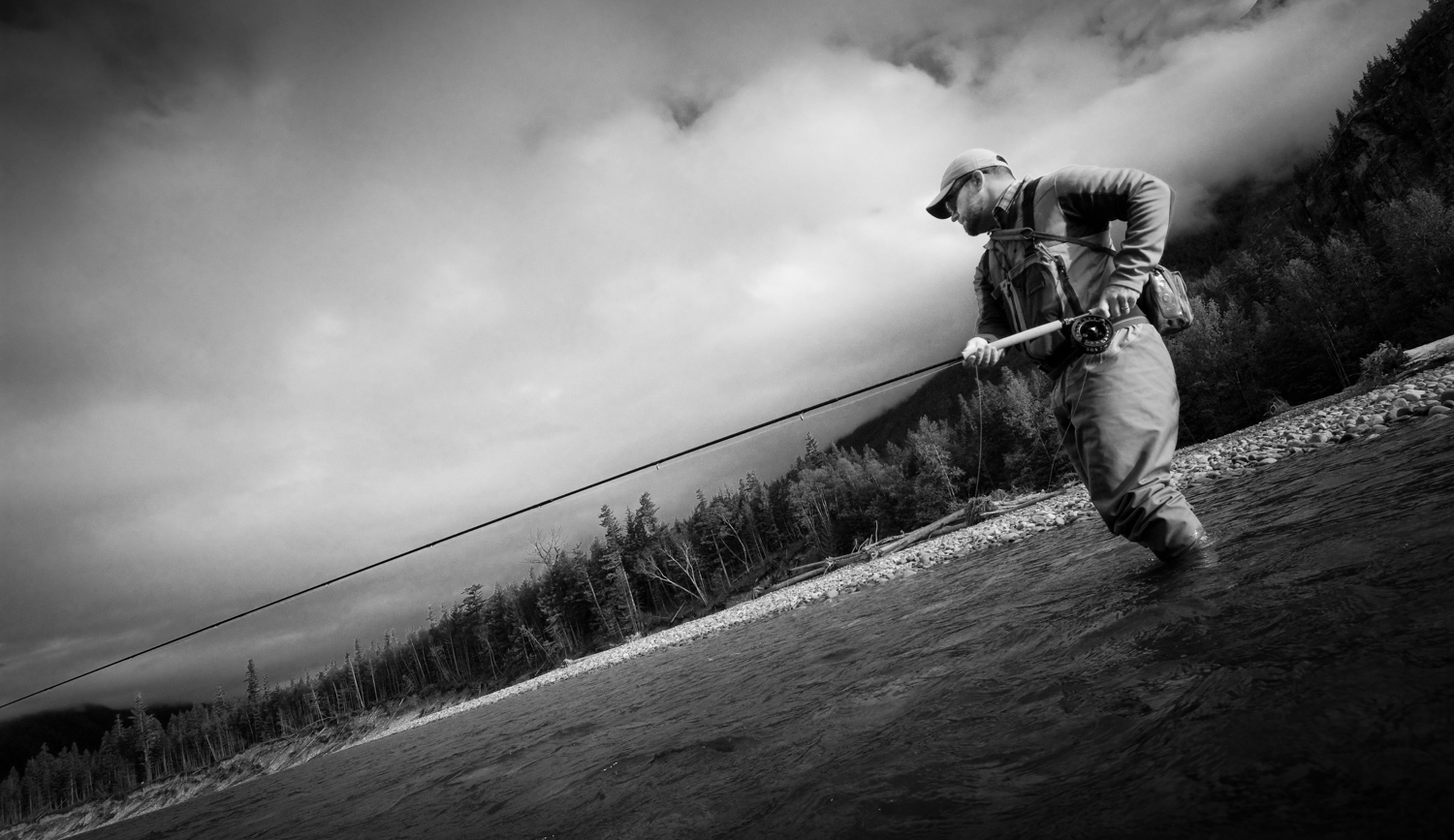
When you’re swinging flies with two-hand rods, landing the cast straight is always better than making a long cast.
Look, I’m as guilty as any of us. We all want to launch the fly into orbit around the sun. It feels good, it looks good, and in our minds it makes us better anglers — but does it really? I’m prepared to make the argument that it doesn’t even make us better casters. My personal definition of a good cast is, a cast which catches a fish, and that’s not always the longest cast. Especially when you’re swinging flies.
It’s the swing that catches the fish, not the cast. Of course, you want to cover as much water as you can, but only if you are covering it effectively. If you make a long cast, but a poor swing, you may be putting your fly in front of fish that wouldn’t see a short cast, but you’re not offering them a presentation they will eat. What worse, you’re making a poor presentation to the fish you could have reached with a better cast.
Catching fish, especially steelhead, is all about a good swing.
You want the fly to swing at just the right angle and speed to trigger the eat. Too fast, too slow, or presenting the wrong profile to the fish, and your odds of a hookup drop dramatically. You’re looking for a nice buttery swing with just a gentle belly in the line. For a much more detailed explanation, click here.
To accomplish this, you need a cast that turns over nice and straight every time. Most anglers, even those brand new to spey casting, can do this with a short cast but start running into problems when they try to cast long. If you’re having this issue, there are two things you need to do. First, fish the cast you can make. If you can only cast forty feet and land the cast straight, then fish that forty foot cast. Second, get to work on the problem.
When your line doesn’t land straight, it’s because your casting stroke isn’t straight. One of the fundamental rules of fly casting with any rod is that the rod tip must travel in a straight line. In spey casting this is most often a result of “rounding the corner” of your sweep. It’s pretty common for anglers to do this as they try to cast farther.
In an effort to speed up the cast, many anglers will start the casting stroke too early, before the sweep is complete.
Rounding the corner creates
Read More »Faces of Cuba
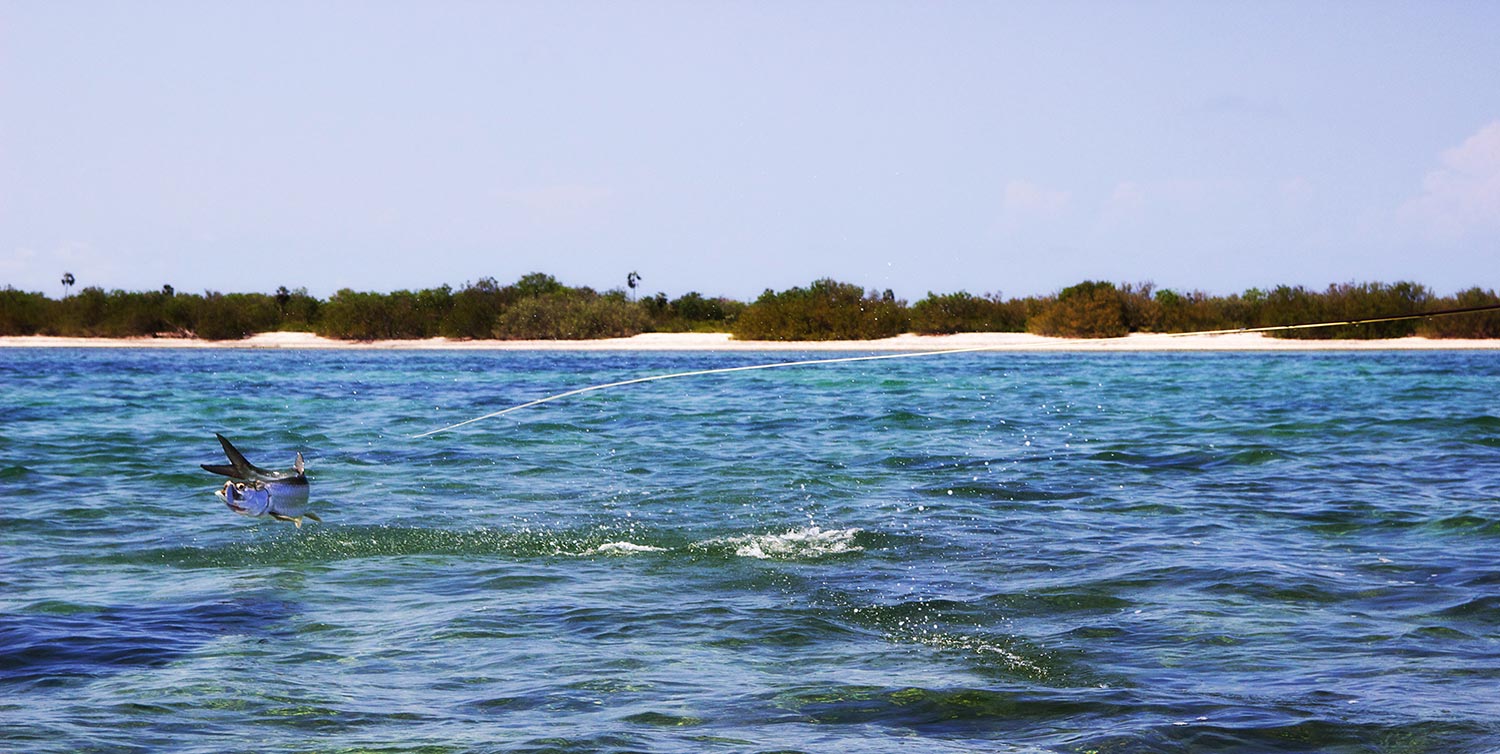
By Dan Frasier
There is a specific vibration that runs up your line, through your rod, into your veins and directly to your core when a tarpon in preparing a leap. It’s not unlike the sensation I’d get when I worked for an electrician and would grab a live wire. It’s scary and a little confusing, and ultimately portends that your synapses are about to light up like the light show from a thunderhead; leaving you with a palpating heart and shortness of breath.
As I sat down; relinquishing the bow after riding the lightening an hour into our first day in Cuba, I had to physically concentrate on bringing myself back to earth. The ringing in my ears played out a steady chorus of, “Don’t ever forget one detail from this trip.” In the ensuing months I’ve had the opportunity to recount my trip to countless people. Anglers and non-anglers alike are infatuated with the mystery of Cuba. So I’ve had ample opportunity to reflect on the experience. As is true with all trips I embark on, what stands out are the faces. The people I meet and their stories become the landmarks defining my winding journey through the time spent in a new place. Their stories become threads braided nicely together with mine; building what eventually becomes the tale of my trip. Because it is those very faces that define my experience, I’d like to introduce you to people that constitute what Cuba was for me.
“I called because you’re one of the few people I know that can leave in a hurry.” Bob tells me. “I’ve had an emergency cancellation so there is a spot on my trip to Cuba open, but it’s for 10 days and leaves next week. Are you in?”
Ground-breaking angler, renowned painter and highly-regarded author, Bob is one of the coolest people I know. We’ve been friends for a few years now and have fished together a number of times. One thing I’ve learned is that you are far wiser to say “Yes” if Bob asks you to do something than “No.” So I bought tickets to Ft. Lauderdale, where we were to meet, and started packing.
I met Bob and a four others at their gate at FLL. We strolled to a special section of the airport and after fifty minutes on a twin engine Cessna, we were on the ground in Havana.
Elena was our tour guide for the day we spent exploring Havana. An extremely bright mother of two, Elena was charged with showing us the finer points of Cuban life. Careers in Cuba are not selected. They are assigned. At the end of High School, all the students are tested and ranked. The highest ranking student gets to pick from the list of needed majors for that year as defined by Castro and the boys. From there on, the student will study their selected major and then be assigned a career in that field. Every Cuban citizen is paid the same wage, about $10 US a month. However, people serving the tourist crowd will be able to receive tips. So Elena, whose father worked as a doctor for $10 a month for his entire life, did what all of the most promising minds in Cuba do. She chose a major of German because it set her up to work in tourism where she is now a guide. For about 6 hours Elena showed the group New and Central Havana. We saw museums dedicated to the revolution, toured the cigar factory, saw replicas of missiles from the crisis, the engine of the U2 spy plane that was shot down in Cuban waters and sites where practitioners of Santeria perform animal sacrifice. And then Elena put everyone but Bob and me in a cab and sent them to the hotel. She took us to see Old Havana and “how Cubans really live,” where we met others.
Old Havana is simple to describe. Imagine narrow streets of the most beautiful super-wealthy Spanish architecture mansions money could buy in the late 1800’s. Now house 13 families in each of those mansions, turn off the running water in 1967 and do no maintenance since 1959. There, easy. I didn’t get the good fortune to meet this woman, but her striking image peering out of the hole in a makeshift doorway shook me. This was originally the long
Read More »